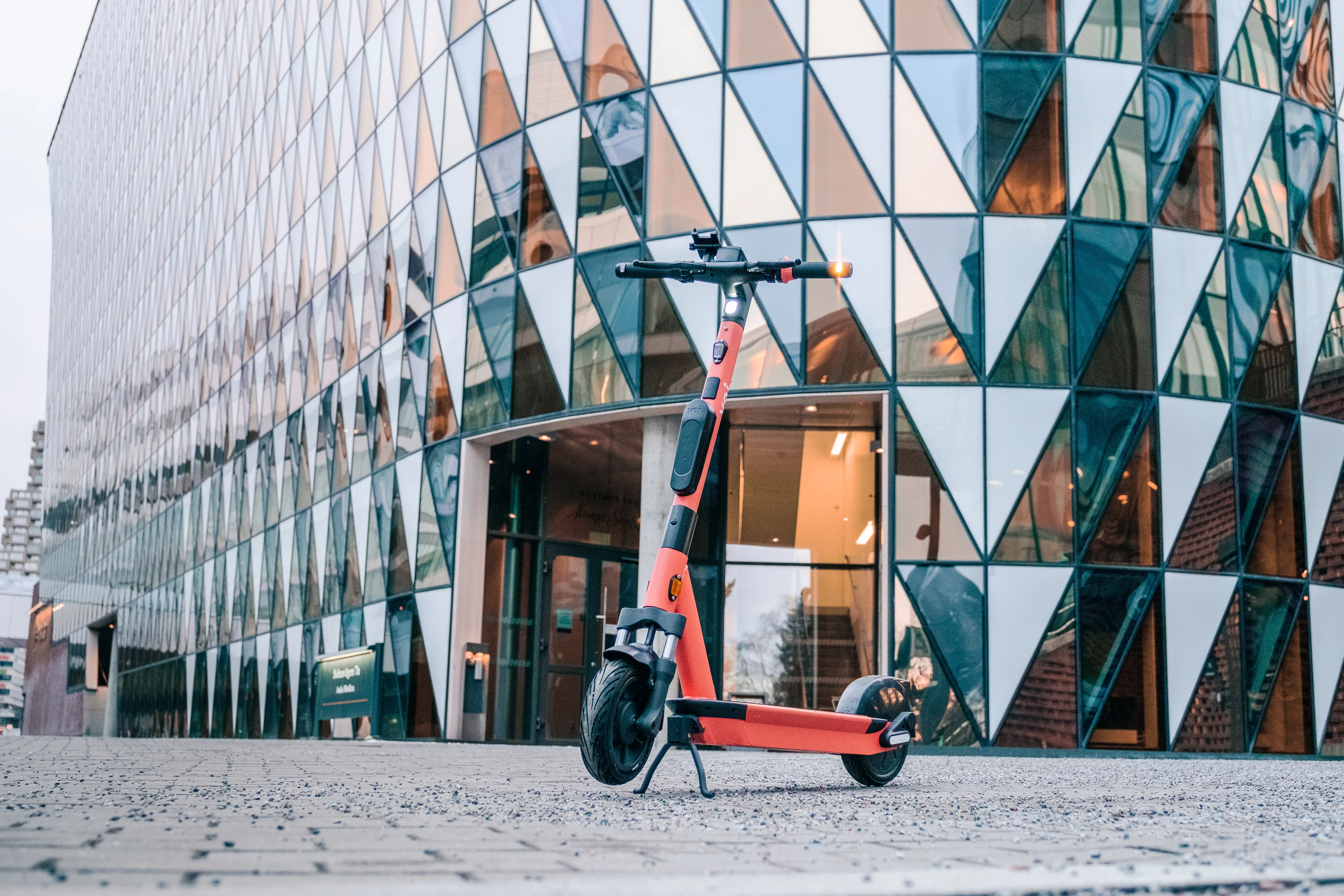LeddarTech, manufacturer of the patented Leddar LED-based detection technology has introduced its new industrial Leddar sensor, a unique detection and ranging product offering what the company says is the best cost/performance ratio on the market.
The sensor utilises a 45-degree beam and is specially designed for quick and easy integration into a wide variety of applications. It can detect, locate and measure all types of objects, solid or liquid, even in the harshest conditions. As it contains no movin
December 4, 2013
Read time: 1 min
The sensor utilises a 45-degree beam and is specially designed for quick and easy integration into a wide variety of applications. It can detect, locate and measure all types of objects, solid or liquid, even in the harshest conditions. As it contains no moving parts and comes in an IP67 enclosure, it is rugged and weather-resistant, always ensuring excellent performance.
Optimised for detection from 0 to 50 metres and ranging based on high tech technology, the sensor not only provides both distance and angular positioning, it also continuously analyses an area of sixteen segments, and can be configured at the touch of a button.











